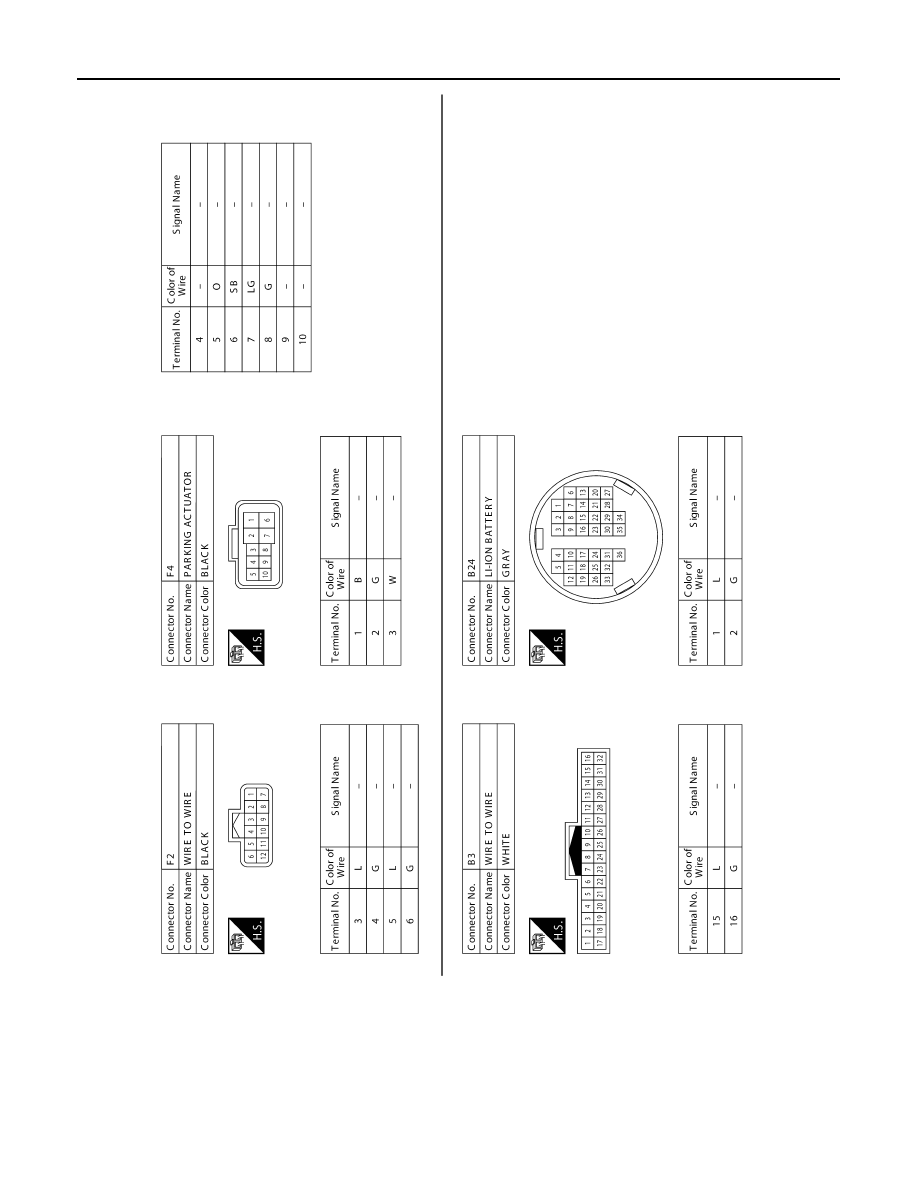Content .. 1162 1163 1164 1165 ..
Nissan Leaf. Manual - part 1164

TM-62
< WIRING DIAGRAM >
[ELECTRIC SHIFT]
ELECTRIC SHIFT SYSTEM
AADIA0754GB
|
|
|
Content .. 1162 1163 1164 1165 ..

TM-62 < WIRING DIAGRAM > [ELECTRIC SHIFT] ELECTRIC SHIFT SYSTEM AADIA0754GB |